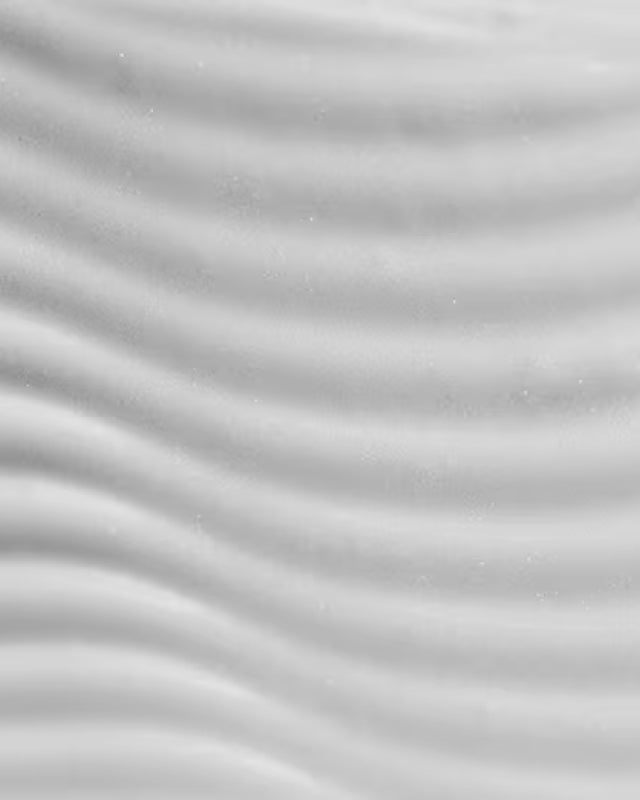
Digital Glow or Digital Damage? The Real Impact of Blue Light on Your Skin
Statistics show the global average screen time is around 6 hours and 40 minutes per day, with Gen Z averaging around 9 hours daily.1 Let’s be honest—between binge-worthy shows and infinite scrolling, screen time isn’t going anywhere. We know that blue light and its effects on skin health can be confusing, as it’s a relatively new concept to us all. So, we sat down with Board Certified Cosmetic & Medical Dermatologist, Dr. Lily Talakoub, to give us the 411 on blue light from a dermatologist’s POV.

So, What is Blue Light Anyway?
Blue light, known as High Energy Visible Light (HEV), is the strong light that is produced by screens on cell phones, computers, tablets, and TVs, as well as from fluorescent and LED lighting. Unlike UV rays, it doesn’t cause sunburn, but research shows it penetrates deeper into skin, leading to long-term damage. HEV light triggers free radicals, which cause:
- Hyperpigmentation – Think dark spots and uneven tone
- Collagen & Elastin Breakdown – Leading to fine lines and loss of firmness
- Skin Barrier Disruption – Resulting in dryness, sensitivity, and irritation
One study suggests that just one hour of blue light exposure increased pigmentation in darker skin tones, lasting up to two weeks.2
How Do Dermatologists View Blue Light and Its Impact on Skin Health?
Blue light has a very short wavelength and high energy. It can penetrate the skin and eyes, leading to eye damage, skin hyperpigmentation, and the breakdown of collagen and elastin, which therefore causes skin aging. This causes:
1. Free Radical Onslaught
- Blue light penetrates deeper than UV rays, reaching the dermis (where collagen lives).
- This triggers oxidative stress, generating free radicals that:
- Break down collagen & elastin → sagging, wrinkles
- Weaken the skin barrier → dryness, sensitivity
- Worse than UV? Unlike UV (which mostly damages surface layers), blue light’s deeper reach means long-term aging is harder to reverse.
2. Hyperpigmentation Boost
- HEV light stimulates melanocytes (pigment-producing cells), especially in darker skin tones.
- Studies show it can worsen melasma and cause persistent dark spots, even without sun exposure.
- Key stat: In skin of color, just one hour of blue light can increase pigmentation for up to two weeks (JID, 2020).3
3. Accelerated Aging
- Collagen degradation → loss of firmness, fine lines
- Elastic fiber damage → "tech neck" and crepey texture
- Chronic inflammation → redness, uneven tone
4. Skin Barrier Breakdown
- Weakens natural moisture retention → dehydration
- Increases sensitivity to other aggressors (pollution, UV)
Why This Matters Now
- Screen time = modern skin stressor: The average person spends 7+ hours/day on devices (DataReportal, 2023).4
- Cumulative damage: Unlike UV burns, HEV harm builds silently over time.
The Fix? Antioxidants (vitamin C, niacinamide) + Bluescreen products to neutralize free radicals before they attack.
Does Blue Light Pose the Same Risk to Skin Health as UVA and UVB Exposure?
Blue light does not cause damage to the DNA of our skin cells like UVA/UVB rays do. However, overexposure to blue light can have the following effects on your skin:
- Oxidative stress
- Free radical production
- Hyperpigmentation
- Decrease in skin elasticity
- Skin cell inflammation
- Degradation of the skin barrier
What Are Some Everyday Examples of Where and When We Would Encounter Overexposure to Blue Light?
Our culture spends more and more time in front of laptops, computers, iPhones, and iPads every day. The screens we use, from laptops and phones to tablets, are a significant source of blue light. Our overall day-to-day exposure is increasing, and this will cause skin damage over a lifetime.

What Skincare Tips Help Defend Against UVA/UVB Rays, Blue Light, and Environmental Pollution?
Use your sunscreen every day, even if you are staying indoors, focusing on sunscreen with broad spectrum coverage and properties to help mitigate HEV light. COOLA’s Bluescreen Collection is a great example of this and the products:
- Help block UV light (which will come through your windows)
- Mitigate the damaging effects of blue light from your screens.
Tip: Adjust the light level on your devices, especially before bedtime.
From a Dermatologist’s Point of View, What Makes Coola's Bluescreen™ Digital De-Stress™ Technology Complex Unique?
From a dermatologist’s perspective, Coola’s Bluescreen™ Digital De-Stress™ Technology Complex stands out due to its innovative approach to addressing modern skin concerns related to digital device exposure and environmental stressors. The technology helps mitigate the effects of blue light while keeping skin hydrated and shielded from UV/pollution at the same time. Unlike traditional sunscreens that focus solely on UV rays, Coola’s formula includes ingredients that help shield skin from high-energy visible (HEV) blue light, emitted by screens (phones, computers, TVs). Some of the most notable products include:
- Refreshing SPF Water Mist – A spritzable shield for on-the-go protection. This is easy to use on the go and makes it a great choice for constant hydration and to keep the skin shielded from the sun.
- Sun Silk Moisturizer SPF 30 – A perfect blend of hydration + HEV defense, this product sits well on the skin and keeps it soft and protected.
- Clear Skin Sun Silk Drops SPF 30 – Offering oil-free, non-greasy protection, this works for those with oilier skin who want to stay protected and their skin nourished, without it being heavy on the complexion.
- Face Oil with Blue Light Defense – This nourishes while neutralizing digital stress, offering a combination of skincare benefits while keeping it free from harmful blue light.
Why is Sunscreen so Important, and What Can the Bluescreen Collection Sunscreen Do?
An organic broad-spectrum sunscreen that also defends from the effects of HEV, like the Bluescreen Collection, is unique. The complex is scientifically proven to go beyond UVA/UVB rays to help mitigate the effects of digital and environmental skin aggressors, including HEV (blue light) and IR (infrared). The sunscreens are also easily applied under makeup and provide daily sun protection while helping to mitigate the effects of blue light exposures.
What is Your Personal Favorite Product in Our Bluescreen™ Digital De-Stress™ Technology Collection?
My favorite product is the Sun Silk Drops because it feels light and is easily mixed into my makeup or facial serums every morning. It is light and doesn't go on greasy like most broad-spectrum sunscreens can.
Sources:
- Alarming Average Screen Time Statistics “ Exploding Topics, March. 2025, https://explodingtopics.com/blog/screen-time-stats#top-screen-time-stats
- Exposing Effects of Blue Light On Skin “ Web MD, Nov. 2024, https://www.webmd.com/eye-health/blue-light-skin
- Pigmentation effects of blue light irradiation on skin and how to protect against them “ JID, June. 2020, https://onlinelibrary.wiley.com/doi/10.1111/ics.12637
- Digital 2023: Global Overview Report “ Data Reportal, Jan. 2023, https://datareportal.com/reports/digital-2023-global-overview-report




